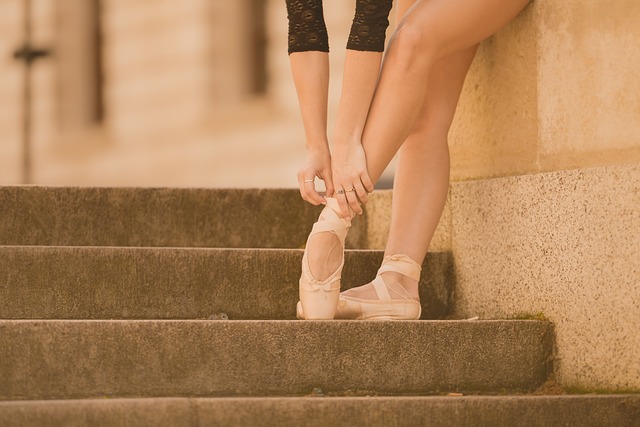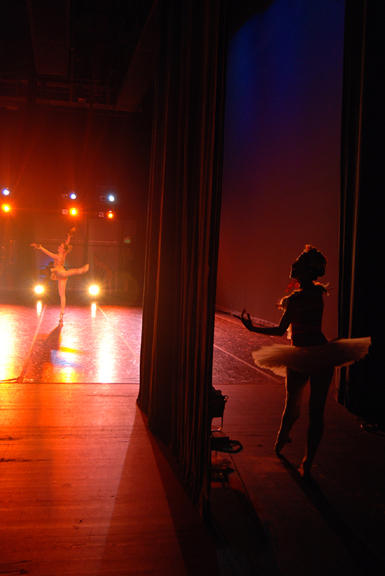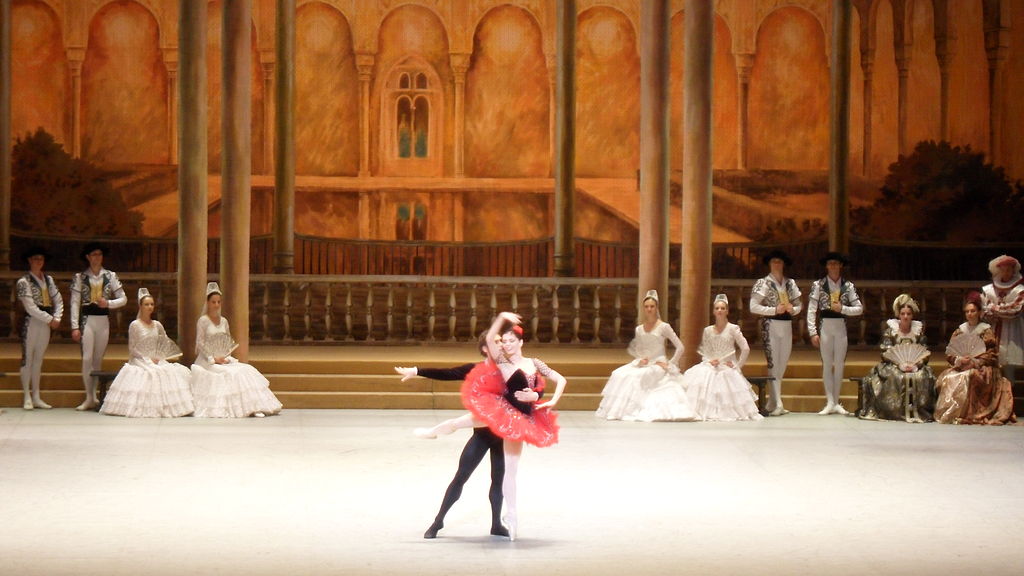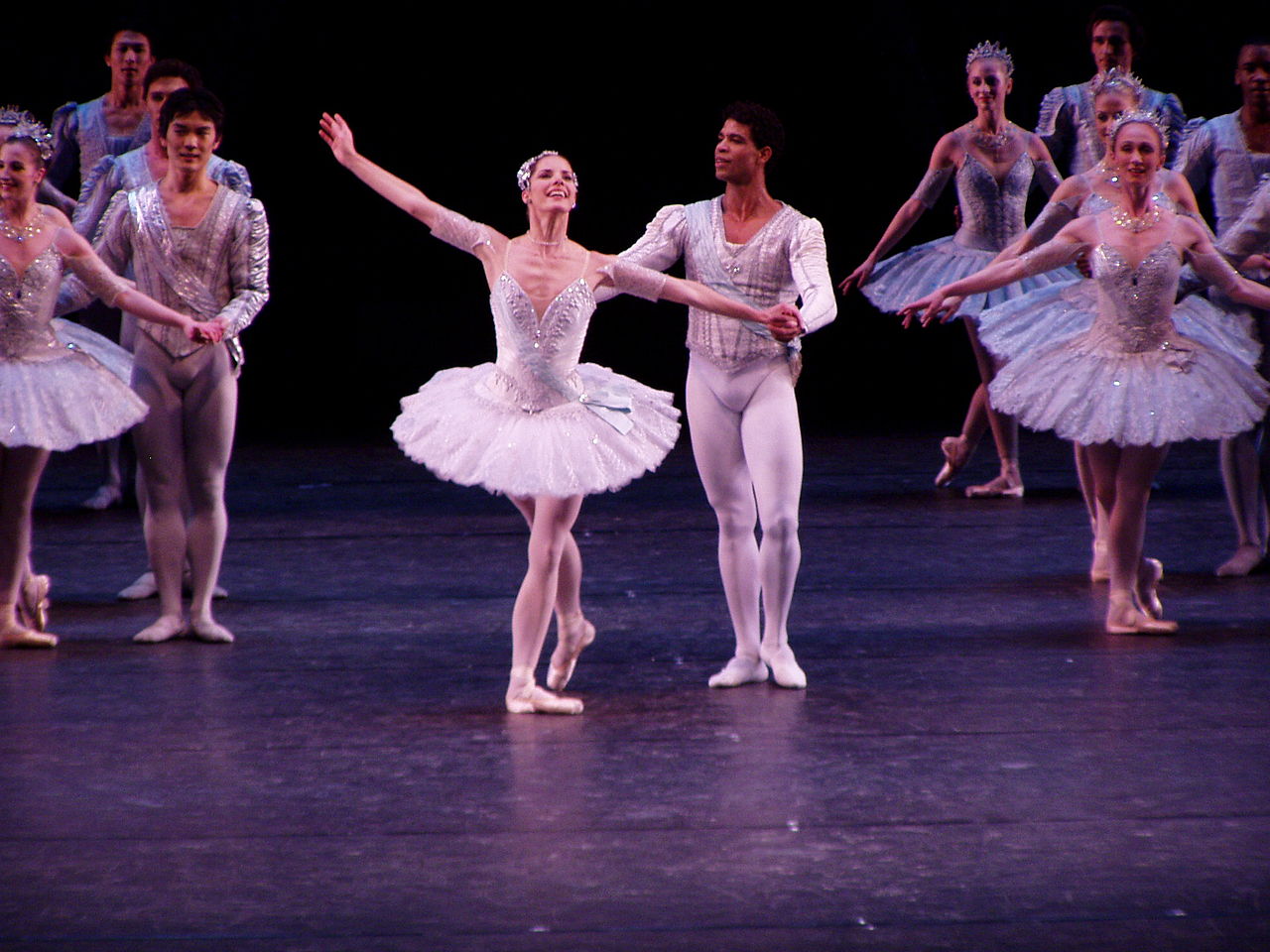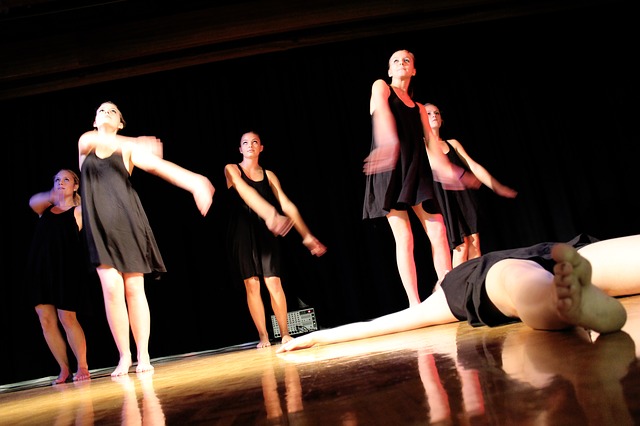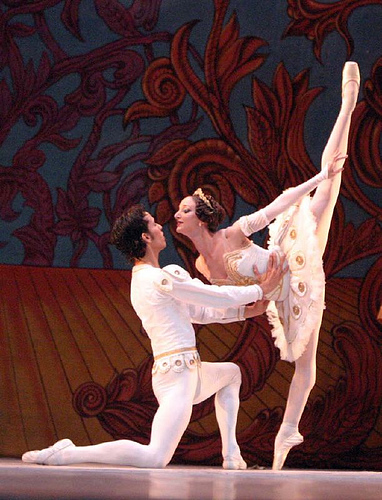 Advocated by dance teachers all over the world, perhaps one of the most important reasons to take ballet lessons is because it provides dancers with the ultimate groundwork for the rest of their dance technique. Ballet forms the basis of every other dance style, and is imperative for the dancer to secure strong technique. Purely jazz, lyrical and contemporary dancers can still be successful in these techniques, yet having training in ballet first and foremost gives a greater quality of the movement, and added technical security.
Advocated by dance teachers all over the world, perhaps one of the most important reasons to take ballet lessons is because it provides dancers with the ultimate groundwork for the rest of their dance technique. Ballet forms the basis of every other dance style, and is imperative for the dancer to secure strong technique. Purely jazz, lyrical and contemporary dancers can still be successful in these techniques, yet having training in ballet first and foremost gives a greater quality of the movement, and added technical security.
Taking ballet classes simultaneously with other dance techniques forms a well-rounded dancer. The difference in the dance techniques consequently comes from the quality and the stylistic elements, with ballet enhancing this training. Dancers who are classically trained always stand out with polished, clean technique and long lines. Ballet also promotes excellent posture and grace; even if you no longer dance it is often easy to spot ex-dancers walking along.
Ballet also aids dancers’ rhythm and musicality; a background in ballet aids the musical elements of other techniques as they are more easily understood, in areas such as rhythm, structure and music quality. In physical terms, ballet – and dance in general – also encourages dancers to understand their bodies better, due to the particular use of the body. It also promotes learning about anatomy and particular strengths and weaknesses as a dancer.
It is inevitable that ballet can be a favourite or a foe for aspiring dancers. No matter what your opinion of ballet, it is an integral part of dance, both in terms of history and the technique of today. Many young dancers begin with ballet classes when they are starting to learn to dance; some gravitate towards other dance styles whereas others excel further in their love for the discipline.


